Accurate calculations are the most important thing! Heat output of heating radiators: table
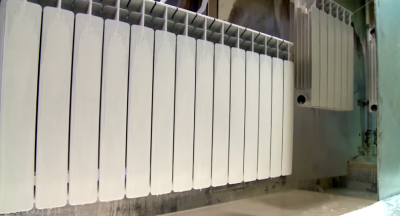
When choosing batteries, it is necessary to evaluate their characteristics.
One of the most important parameters, characterizing the battery performance – heat transfer index.
From the parameter The operation of the entire system depends largely on it.
Content
- Heat output of heating batteries: what is it, its calculation according to the product data sheet
- Calculation of heat transfer according to the table
- When radiators have the highest thermal output, which products are better
- Comparison of characteristics by other parameters
- Features of connecting radiators
- Useful video
- Dependence of savings on the batteries used
Heat output of heating batteries: what is it, its calculation according to the product data sheet
The amount of heat transferred per unit of time to a certain volume per unit of time is the heat output of the heating battery. Heat output is sometimes called thermal power, because it is measured in Watts.
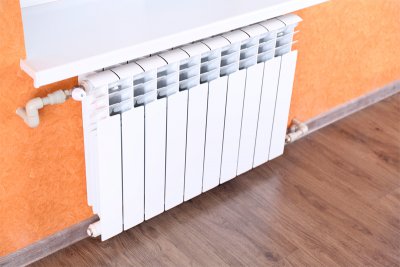
Sometimes heat transfer is called heat flow power, and therefore you can find a unit of measurement for heat transfer in the product passport cal/hourThere is a relationship between Watts and calories per hour. 1 W = 859.85 cal/hour.
The manufacturer specifies the nominal heat output parameter in the radiator passport. Based on this parameter, you can calculate the required number of elements for each individual room or premises. If the passport specifies the power of one section 150 W, then section from 7 elements will give away more than 1 kW of heat.
Calculation of real heat output in kW
To do this, you need to decide on the number of external walls and windows. With one external wall and one window for every 10 m² the area of the premises will be required 1 kW of heat.
If the number of external walls is two, then for every 10 m² will be required 1.3 kW thermal energy.
More precisely, the required power can be calculated using the formula Sxhx41:
- S — area of the room;
- h — room height;
- 41 — the minimum power indicator 1 cubic meter volume of the room.
The resulting thermal power will be the required total power of the heating battery. Now all that remains is divide by the power of one radiator and determine their number.
Formulas for accurate calculation
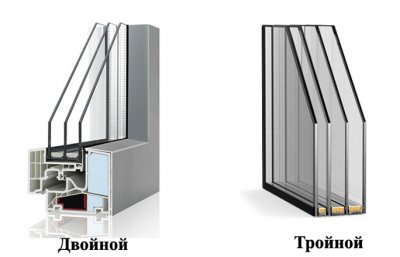
KT=1000 W/m²*P*K1*K2*K4…*K7.
Indicator KT is the amount of heat for an individual room.
P — Total area of the premises.
K1 is the coefficient for taking into account window openings. If double window, then K1 = 1.27.
- Double glazing - 1.0,
- Triple glazing - 0.85.
K2 — thermal insulation coefficient of walls:
- Thermal insulation is very low - 1.27;
- Laying walls in 2 bricks and insulation - 1.0;
- High quality thermal insulation - 0.85.
K3 - ratio of window area to floor area in the room:
- 50% - 1,2;
- 40% - 1,1;
- 30% - 1.0;
- 20% - 0.9;
- 10% - 0.8.
K4 is the average air temperature in the room during the coldest period:
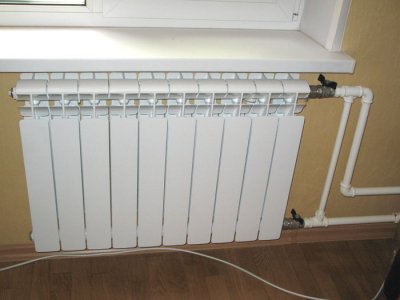
- 35 °C — 1.5;
- 25 °C — 1.3;
- 20 °C — 1,1;
- 15 °C — 0.9;
- 10 °C — 0.7.
K5 - accounting for external walls:
- 1 wall - 1,1;
- 2 walls - 1,2;
- 3 walls - 1.3;
- 4 walls - 1,4.
K6 - type of room above the room:
- Cold attic (not insulated) - 1.0;
- Attic with heating - 0.9;
- Heated room - 0.8.
K7 - taking into account the height of ceilings:
- 2.5 m — 1.0;
- 3.0 m — 1.05;
- 3.5 m — 1,1;
- 4.0 m — 1.15;
- 4.5 m — 1,2.
With this calculation the maximum number of features is taken into account premises for heating.
Attention! The result is necessary divide by the heat output of one radiator and round the result up.
Calculation of heat transfer according to the table
Many consumers are not very interested in the process of calculating heat transfer; efficiency is more important to them. We can talk about efficiency, when all parameters are taken into account. Many manufacturing companies summarize the indicators in tables, which make it easier to select batteries with the required efficiency.
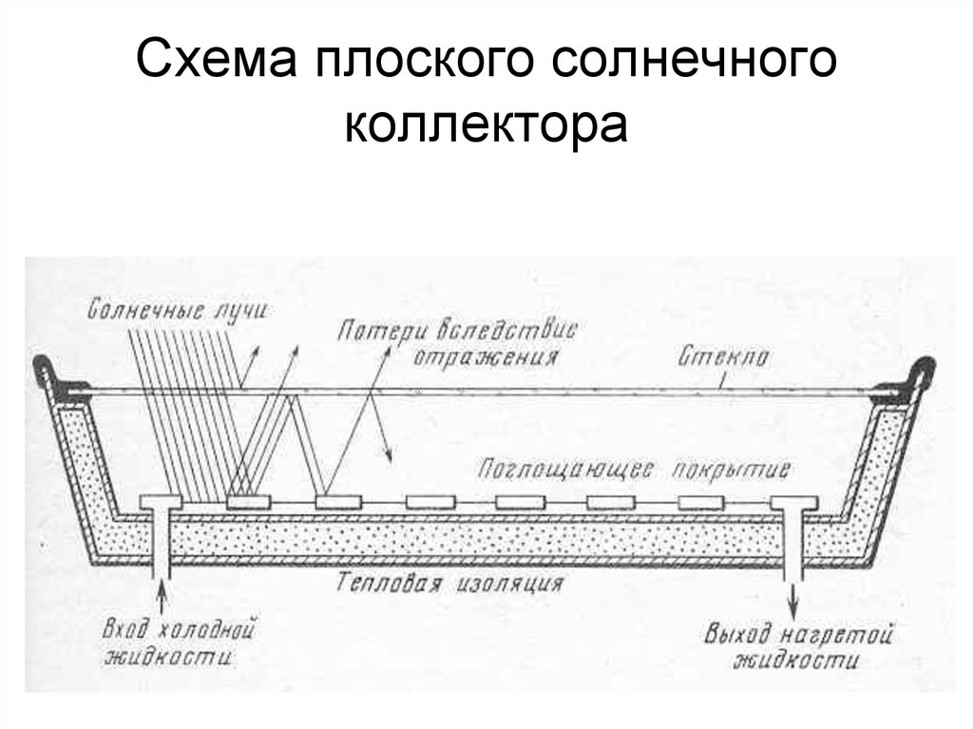
Photo 1. Example of a table for calculating heat output of radiators of such brands as DeLonghi, Kermi, Korado.
Example of work
From the table, select the manufacturer of interest. For example, Kermi (Germany). In the first column, select the radiator type. Let's say it's a radiator type 22. Its dimensions 400x100x300. Product power 510 W.
If in our premises the calculated need requires a battery with a total capacity 2000 W, then such batteries will need to be installed 2000/510 = 4 pcs. Based on the price indicated, the total cost will be within 12 thousand rubles.
First, it is necessary to clarify - is there room to install that many batteries heating. If there is no physical space for installation, then it is necessary to make a choice from other types of batteries.
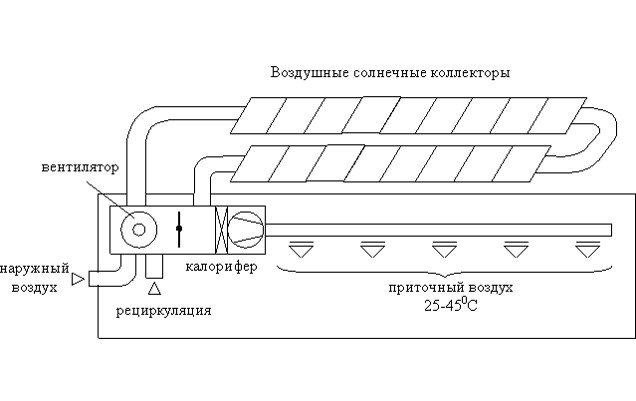
Photo 2. Example of a power table for radiators from the manufacturer Kermi. Several models of heating devices are indicated.
We choose type 22. Height 600 mm, length 1000 mm. At the intersection we find the battery power - 2249 W. This means that one element is quite enough to heat our room with the calculated need for 2 kW.
When radiators have the highest thermal output, which products are better
As for the differences in size, they are obvious - The larger the heat transfer surface, the more efficient the battery will be.
| Material for heating radiator | Heat output (W/m*K) |
| Cast iron | 52 |
| Steel | 65 |
| Aluminum | 230 |
| Bimetal | 380 |
Bimetallic
They consist of two metals. The water circulation channels are made of steel, and the outer contour is made of aluminum, which gives bimetallic radiators the properties of aluminum. They have high heat transfer - they heat up quickly and quickly give off thermal energy. Working pressure in the system up to 35 atmSuch batteries can be used up to 20 years.
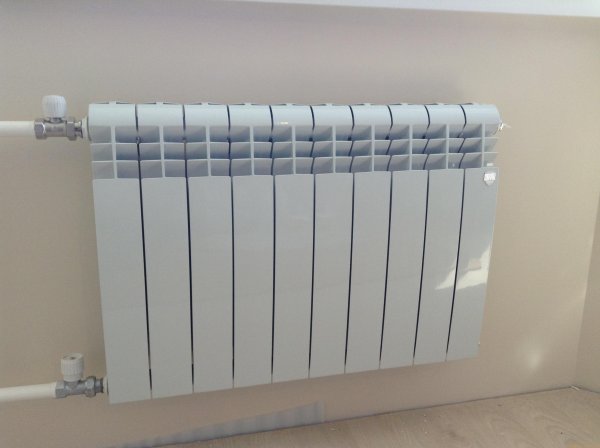
Photo 3. Bimetallic radiator connected to the heating system. The product is white.
Aluminum
Aluminum radiators have a higher heat output and are cheaper than their steel counterparts. The main problem is high demands on the purity of the coolant. The alkaline environment quickly destroys them, pH coolant should not exceed 7.5. This condition cannot be met under centralized heating conditions.
Steel panels
Steel panel batteries can be of different designs, which determines the heat output. Steel heats up quickly and cools down quickly. They have a higher heat output than cast iron, but are subject to corrosion.
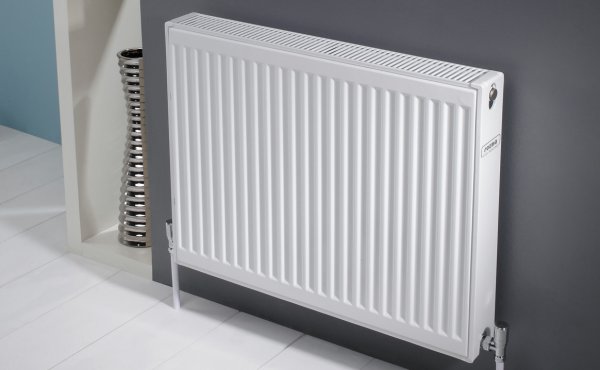
Photo 4. Steel heating radiator of panel type. Such products are subject to corrosion.
Cast iron
Cast iron radiators have low heat output. But there are also positive qualities. A cast iron radiator has low inertia: it takes a long time to heat up and a long time to cool down. In addition, it contains a large amount of coolant, which allows it to provide heat for a long time. Cast iron does not react to chemical inclusions, is not subject to corrosion, but it is heavy, bulky and fragile.
Comparison of characteristics by other parameters
The design features of radiators are of great importance.
| Model of heating radiator | Heat output (W/m*K) |
| Cast iron M-140-AO | 175 |
| M-140 | 155 |
| M-90 | 130 |
| RD-90 | 137 |
| Aluminum RIfar Alum | 183 |
| Bimetallic RIFAR Base | 204 |
| RIFAR Alp | 171 |
| Aluminium Royal Thermo Optimal | 195 |
| Royal Thermo Evolution | 205 |
| Bimetallic Royal Thermo BiLiner | 171 |
| Royal Thermo Twin | 181 |
| Royal Thermo Style Plus | 185 |
From the table it is clear that the cast iron section has almost the same heat transfer parameters as the aluminum one. This depends on the design and the development of the heat transfer surface.
Features of connecting radiators
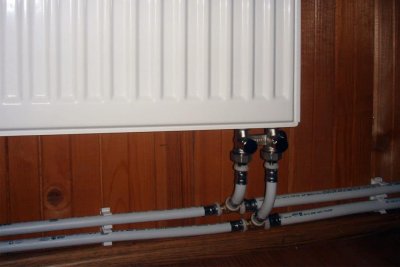
Connecting batteries to the heating system is of great importance only with natural circulation.
In this case, the principle is that all radiators should be completely filled with heat carrier and did not form counter currents. But when using forced circulation, this factor is not important.
Useful video
Watch the video, which presents one of the options for calculating the heat output of heating batteries.
Dependence of savings on the batteries used
A large group of people strive to install heating radiators with a high aesthetic appearance in their apartments. But this is not entirely justified. Of course, cast iron batteries do not have the same appearance as bimetallic ones. But if they are used in an individual heating system, then the gain will be noticeable immediately. They take a long time to heat up, and the boiler will need more time to heat the coolant.
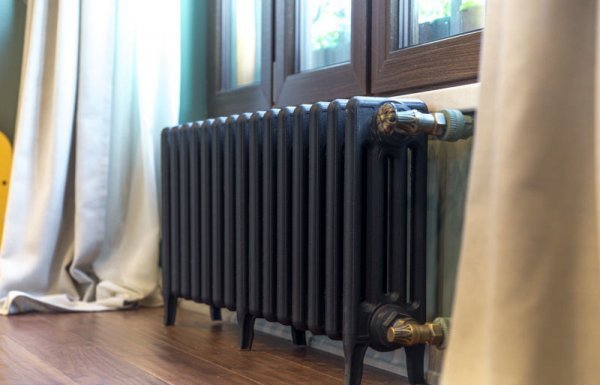
Photo 5. Heating radiator made of cast iron. The product has an exquisite design, it fits well into the interior.
But the boiler will turn on less often. More fuel is consumed at the start. If you set bimetal, which heats up quickly but cools down quickly, then the boiler will turn on every five minutes. And every five minutes it will lose a certain amount of gas in the starting mode. It is better to harness slowly, but drive for a long time.








